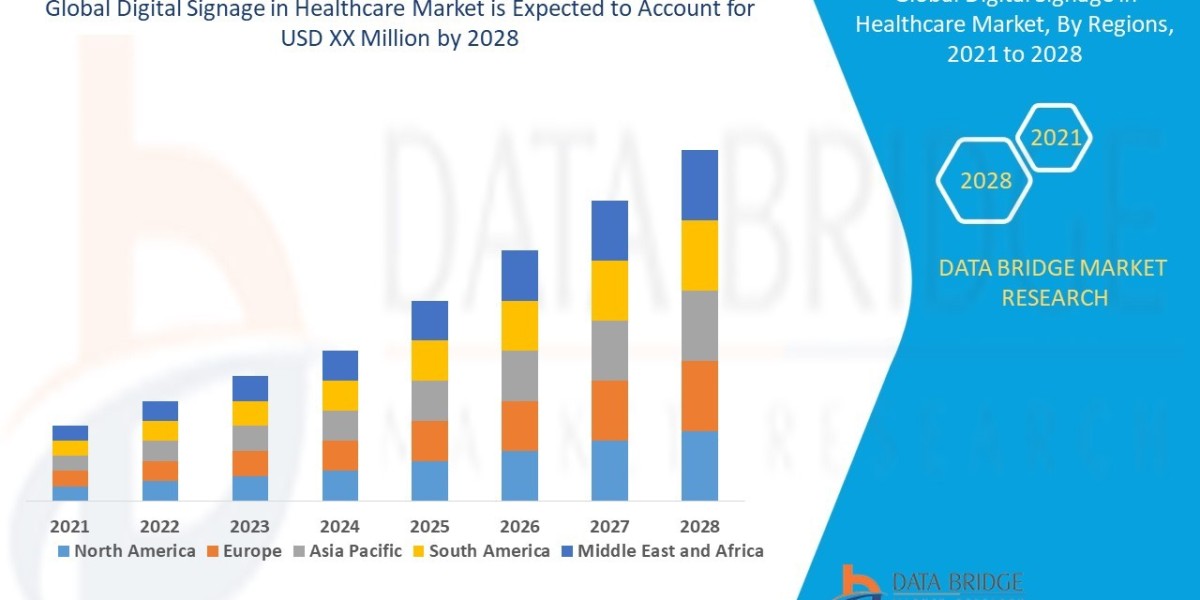Marketing has always evolved alongside technology, and the rise of interactive campaigns is proof of how fast innovation changes customer engagement. Businesses now look for ways to bring storytelling, interactivity, and brand experiences directly into the inbox. The concept of extended reality emails offers a way to merge immersive technology with a communication tool that nearly every customer uses daily.
Creating XR Emails is not as simple as designing static templates. These experiences require a mix of advanced technology, creative design, and strategic planning. To better understand the investment, it is important to explore the major cost factors that go into producing these next-generation campaigns.
Creative and Design Development
The first step involves creating the look and feel of the campaign. Designing extended reality emails requires a team of creative experts who understand both visual design and user experience. This includes 3D modelers, graphic designers, and interactive content creators.
Design development often includes prototyping and multiple rounds of revisions. Each element must be carefully optimized to work within the technical limitations of email clients while still delivering a smooth user experience. These costs vary depending on the complexity of the campaign and the level of customization required.
Technology and Infrastructure
Extended reality emails are powered by advanced tools that support interactivity, motion, and embedded experiences. This may involve specialized platforms for creating augmented reality layers, VR-compatible elements, or interactive 3D graphics. Licensing fees for these tools can form a significant portion of the budget.
Additionally, companies need infrastructure to host and deliver these experiences. Servers and cloud solutions must handle the weight of interactive content while maintaining fast loading speeds. Without reliable infrastructure, even the most innovative designs can fail due to poor performance.
Integration With Email Clients
One of the biggest challenges is ensuring compatibility across devices and email clients. Not every platform supports advanced features, so developers must code campaigns that gracefully adapt to different environments.
This step often requires extensive testing and troubleshooting. Costs rise as teams work to ensure that emails render consistently across mobile, desktop, and tablet devices. Testing across various email platforms ensures that no customer is left with a broken or incomplete experience.
Data and Personalization
Personalization is one of the features that make extended reality campaigns effective. Delivering personalized 3D content or interactive experiences requires integrating with customer data systems, such as CRM platforms.
Costs here include data synchronization, security, and compliance with privacy regulations. The more personalized the experience, the higher the cost, since campaigns must be tailored to specific user profiles without compromising sensitive information.
Content Production and Licensing
XR emails often include assets like 3D animations, videos, or licensed interactive elements. Producing these assets involves advanced equipment and skilled professionals. For example, a fashion brand creating a virtual try-on experience would need high-quality 3D models of its products.
Licensing costs may also apply to music, animations, or pre-built design libraries. While licensing saves time compared to building everything from scratch, it still adds to the overall budget.
Testing and Quality Assurance
Quality assurance is essential to avoid technical failures once the campaign goes live. This stage includes testing load times, interactivity, and responsiveness across different conditions. Teams may use automated testing tools alongside manual checks to confirm reliability.
Because extended reality campaigns involve more complexity than standard emails, testing requires more hours and resources. Investing in this step ensures that users have a smooth experience without glitches that could harm brand credibility.
Campaign Management and Analytics
Professional packaging of the campaign does not end with delivery. Businesses also need systems to track engagement, clicks, interactions, and conversions. Advanced analytics platforms are often required to measure how users interact with immersive elements.
Campaign management also involves ongoing monitoring to ensure consistent performance during the campaign lifecycle. Adjustments and optimizations made after launch add to the cost but help maximize results.
Bullet Point Breakdown of Costs
- Creative Design
Hiring graphic designers, UX experts, and 3D artists to build interactive layouts. Costs scale with the complexity of the visuals and the uniqueness of the project. - Technology Tools
Licensing augmented or virtual reality software, 3D rendering platforms, and hosting solutions. These are recurring costs that support functionality. - Cross-Platform Integration
Ensuring compatibility with major email clients and devices. Developers invest time to troubleshoot rendering issues across platforms. - Data Integration
Connecting emails with CRM systems for personalization while managing compliance with privacy laws. This step adds technical expenses. - Content Creation
Producing animations, videos, and 3D assets that enrich the experience. Licensing pre-made assets also contributes to cost. - Testing and QA
Conducting thorough checks on interactivity, speed, and display reliability. Dedicated testing environments require additional resources. - Analytics and Optimization
Setting up dashboards to measure user interactions and campaign effectiveness. Post-launch adjustments refine performance and require expertise.
Each of these categories plays an essential role in the overall investment required to launch extended reality campaigns.
Estimated Cost Ranges
While exact figures vary depending on project size and goals, businesses can expect to spend significantly more on XR campaigns compared to standard email marketing. Basic interactive campaigns may start in the tens of thousands, while highly customized experiences with full 3D and AR functionality can exceed six figures.
Factors that influence cost include the scale of personalization, the number of interactive features, and the length of the campaign. Brands must carefully balance ambition with budget to avoid overspending while still delivering an impressive user experience.
Why Extended Reality Emails Are Worth the Investment
Despite higher upfront costs, XR campaigns deliver strong returns when executed properly. They capture attention in crowded inboxes, drive deeper engagement, and create memorable customer experiences. These advantages often translate into improved conversion rates and long-term loyalty.
For businesses seeking differentiation, extended reality campaigns represent an opportunity to lead the market rather than follow trends. As technology becomes more accessible, costs are likely to decrease over time, making these campaigns even more attractive.
Conclusion
Extended reality emails involve far more than visual creativity. They require investment in design, technology, personalization, testing, and analytics. While the costs can be substantial, the value lies in capturing attention and delivering unique brand experiences directly to customers’ inboxes. For companies planning their next move, balancing these costs against potential returns makes XR campaigns a forward-thinking choice. By choosing the right partners and focusing on scalability, businesses can create next-generation strategies that rival the impact of Immersive Email while remaining cost-effective and results-driven.













